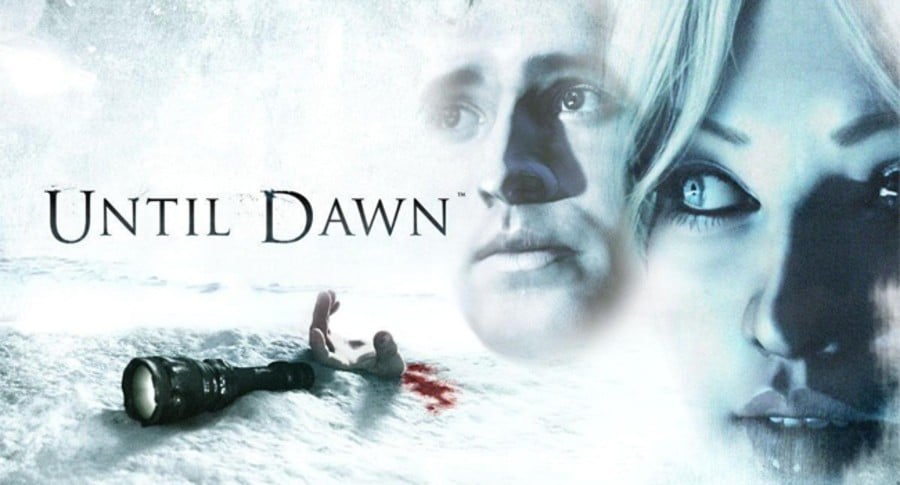
Contrary to what Sony initially promised, the PlayStation Move didn’t really change anything at all. You’ll struggle to find a bigger fan of the two Sports Champions games than this particular author, but the motion device seems to have fizzled out swifter than a budget sparkler on a stormy Bonfire Night. Despite this, the platform holder has confirmed that the controller will be compatible with the PlayStation 4. But realistically, can we expect it to play any sort of meaningful role on the next generation console?
It was easy to get caught up in the initial flood of hype surrounding the PlayStation 3’s saucily shaped tracking wand. The mid-point of the current generation was utterly dominated by motion fever, as Sony and Microsoft rushed into battle on the back of the Nintendo Wii’s deserved but unexpected success. Both companies flaunted their respective technology as the future, with the Kinect ultimately proving itself as the more commercially viable of the two. But with the PlayStation Move now a swiftly fading memory, how will that affect the device’s support on the PS4?

As previously mentioned, Sony has insisted that the controller will be compatible with the impending system, an attribute reinforced by Media Molecule’s quirky demonstration during February’s gargantuan PlayStation Meeting press conference. “After a troubled relationship, we’ve completely fallen in love with the [motion controller],” said Alex Evans, as he fronted the Guildford-based developer’s portion of the event in New York City. The programmer’s speech prefaced an interesting if somewhat out of place technology demonstration featuring real-time sculpting and puppet shows, but we’re still not entirely convinced that it represents a real product.
And such scepticism succinctly summarises the issue with the PlayStation Move in the first place: a serious lack of support. Aside from the ingenious but overlooked-in-every-territory-outside-of-the-UK Wonderbook: Book of Spells, last year was virtually a barren wasteland for the peripheral. The coming months don’t look much better for the device either, with a handful of augmented reality experiences on the horizon and very little else. Most recently the platform holder opted to completely ignore the exclusive motion controls in the brilliant BioShock Infinite – despite the functionality being announced at one of its E3 press conferences.

Even upcoming titles that originally traded on motion controls as a selling point appear to be shedding the support as an exclusive requirement. Until Dawn, for example, was pitched as a deep, engaging horror experience built specifically around the strengths of the peripheral. However, speculation seeping out this morning suggests that the title will now also be compatible the DualShock 3 controller, potentially watering down the quality of the motion tracking in the process. Meanwhile, Sports Champions 2, the last non-Wonderbook title to explicitly require the device, deployed last year with barely a whisper.
Such a lack of support on the manufacturer’s current generation console makes us question just how big of a part the PlayStation Move will play on the PS4. Sony’s said that when combined with the updated PlayStation Eye camera – which boasts a higher resolution, dual lenses, and more – the accuracy of the device will be significantly enhanced, but that added precision will be all for nothing unless the platform holder actively opts to support the gadget with content specifically tailored for it. Does anyone honestly think that that’s going to happen?

Unfortunately, it’s a self-fulfilling prophecy. In all probability, the reason that Until Dawn’s likely to have dropped its PlayStation Move requirement is because the install base for the controller is simply not large enough to make the game a success while the device is a necessary requirement. But unless there’s a steady stream of titles that take full advantage of the peripheral in the first place, then the size of that market is never going to grow. Sony has shown very little incentive to nurture it on the PS3, so why would it enhance its efforts on the PS4?
We suppose that the real test for the device’s future will be whether it receives any optional support at all. The predecessors to both Killzone: Shadow Fall and inFAMOUS: Second Son were both compatible with the controller, so it will be particularly interesting to see if Guerrilla Games and Sucker Punch maintains that compatibility with its impending launch titles. Such token support is unlikely to encourage new consumers to adopt the controller, but it will at least offer an indication of how highly the platform holder rates the peripheral moving into the next generation. The question is: where does your money lie?
Are you secretly hoping that Sony shows a renewed interest in the PlayStation Move on the PS4? Would you be satisfied with optional support, or do you want games to be built specifically for the peripheral? Let us know in the comments section and poll below.
How strong do you think that the PlayStation Move support will be on the PS4? (22 votes)
- I expect the console to build up a large library of motion-exclusive titles
- It'll get the odd motion-exclusive title and some optional support
- I don't think that the device will be compatible with many next generation games
Please login to vote in this poll.





Comments 12
Sony said it's going to bundle the new PS Eye with the console so atleast they might add some optional support in games.
Honestly, if they can sort the cursor drift on shooters I'd still be on board with Move.
It has a chance to gain more support on the PS4 with every console coming bundled with a camera, but I doubt it will take off. At this point, my only hope is that Killzone will support move as I think that Killzone 3 was the epitome of what the controller could do.
@KALofKRYPTON The camera alone should take the accuracy up another notch, so I don't know why that problem couldn't be solved. I'm really curious to see whether Shadow Fall supports it, too.
A bundle is probably the only way I would get Move. I have thought about picking it up for PS3 but I don't think I would use it enough to justify spending the money.
I'm hoping it will be able truely replicate a light gun with the new camera. If it does that then hopefully we will see some light gun games pop-up on the store. I would definitely a add-on for the move of it did this. I also want a Red Steel 3 in the PS4. It would never happen because of th love install base, but hey, I can dream.
We've played a bunch of Move games - Sports Champions, Carnival Island, Dedmund's Quest, Heroes on the Move, both Pet games - but I didn't use it on inFamous 2 b/c I just didn't want to be bothered. And we don't play FPS games at all.
So as everybody voted, support will continue. But I honestly don't think that "move" - as opposed to shoot - is the way to go for games*. I thought I would, I bought all in for Wii Sports and played it for a year straight. But I don't want to play platformers or adventure games w/ motion controls. Not even Zelda.
*games as in what I consider to be games, which I can't succinctly define b/c I play a wide range, but I don't even want to play PvZ or Peggle anymore with motion or pointing, but tennis and bowling are still ok, or the Pet games
The PlayStation move is an excellent device that just needs less shovel ware and more amazing experiences, like Sports Champions 1&2,Sorcery ,tumble,and the fight lights out. I want a really good move only FPS . Don't force it on titles .
The only reason i bought ps3 was move... No good support for move dont buy ps4
It is great tech, though I can think of many ways it should be improved.
Its biggest problem however, is that there weren't enough good games released for it after the first year. You need to get used to a controller, and that means using it a lot. Picking it up ever 6 months or so just doesn't work.
If they want to revive it, then they will need to give it a lot more support. My expectations are low.
@Ginkgo they were still better than any kinect game I ever touched lol.
Played all the supported shooters on PS3 using Sharpshooter - as a PC FPS gamer I loved it. It makes me cringe everytime I pick up the regular controller to play console FPS game.
Tap here to load 12 comments
Leave A Comment
Hold on there, you need to login to post a comment...